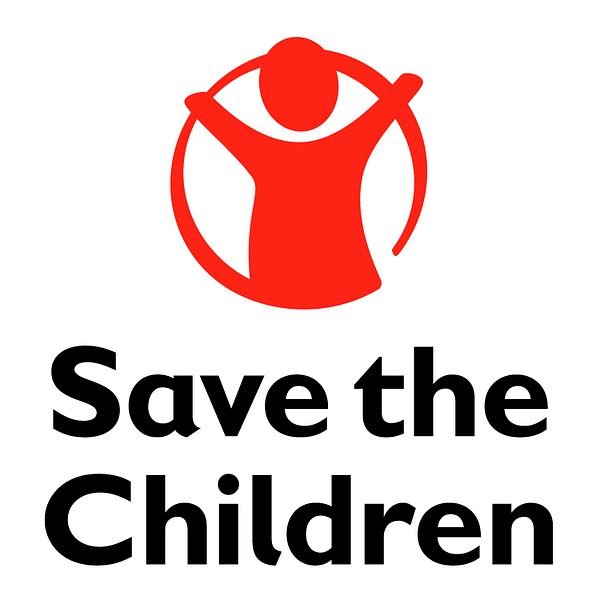Blog post -
Protecting the flood-affected children in the Philippines
By David Brickey Bloomer, Asia Regional Child Protection Advisor
It didn’t look so hard-hit by the recent torrential rains and flooding in Binan, Laguna, as we approached, given it was our first sight of the sun in days. However, turning into a narrow alleyway, we soon caught sight of people wading through pools of water with rolled up trousers, and for those lucky ones, gum boots as well.
We were on our way to an evacuation centre at a high school in Laguna. Inside the three-storey school, as many as 25 families are cramped together in one small classroom at the school. There was no running water, so buckets for bathing and washing had to be carried around. These 140 families also shared just one small kitchen area with charcoal burners for cooking.
My focus was on the approximately 400 children inside that afternoon. In my conversations with them, there were no overt signs of psychosocial distress, indicative of their resiliency. But there were definitely some signs of mounting distress, such as shouting and dealing with things in an overly aggressive manner.
These overcrowded conditions do not help. Children roamed around aimlessly, and in order to help them connect with their new makeshift community, we worked with the local group to help organise activities for them. Such activities are always great to help children cope with the anxiety of a new and unfamiliar setting.
In addition to distress, violence against children and women are common concerns in the aftermath of disasters, especially when numerous people are thrown together in makeshift communities. We were relieved that no stories of violence against children were reported at the evacuation centre. However, others told us of several incidents relating to sexual and gender based violence in communities surrounding the centre. Child labour was also mentioned as an issue in those communities – and would typically be exacerbated as more children are sent to work to help with their families’ economic recovery.
That is where an organisation like Save the Children steps in. In a time like this, we would work with school authorities to monitor the situation closely, until a time that a group of protection volunteers can be mobilised within this community.
There was a clear bright spot to my day, after talks with the children’s disaster risk reduction groups. These children, who joined our programmes after Typhoon Ketsana devastated the Philippines in 2009, quickly mobilised themselves and helped out in numerous ways at the evacuation centre. In fact, many adults reported that it was through these groups that they knew where to go and what to do. Indeed, we cannot underestimate the power of children in spreading such messages.
The impact these children had was obvious: There were no cases of separated and unaccompanied children at this evacuation centre.
Topics
- Children, Child care
Categories
- disaster risk reduction
- philippines floods
- evacuation centres
- psychosocial support
- child protection
- save the children in the philippines
